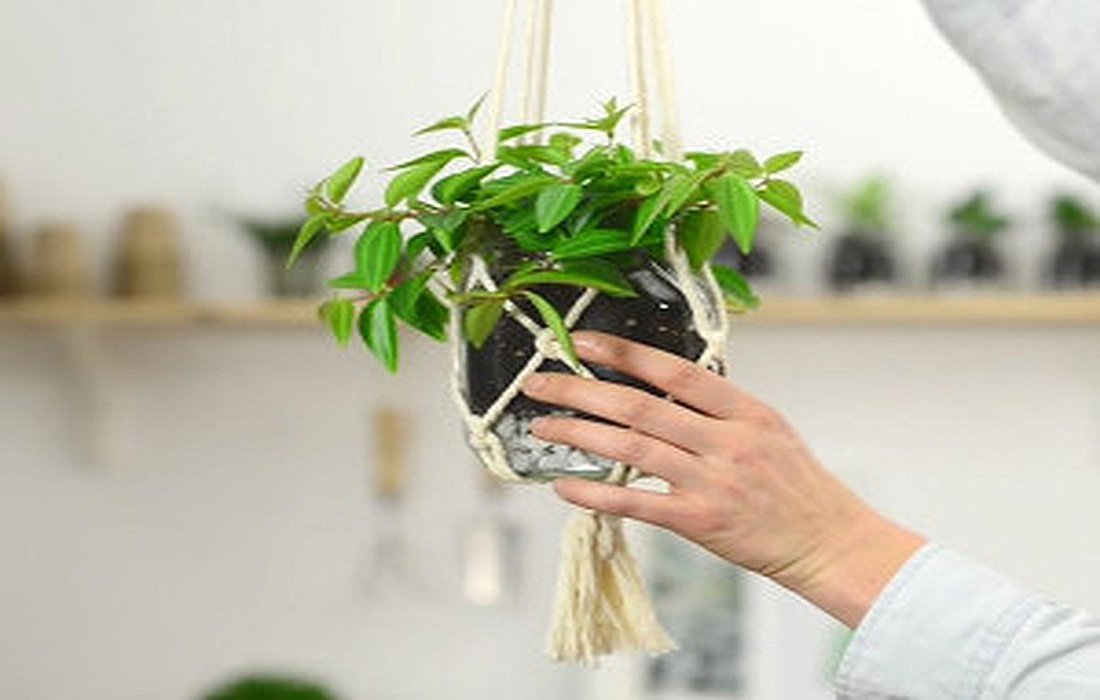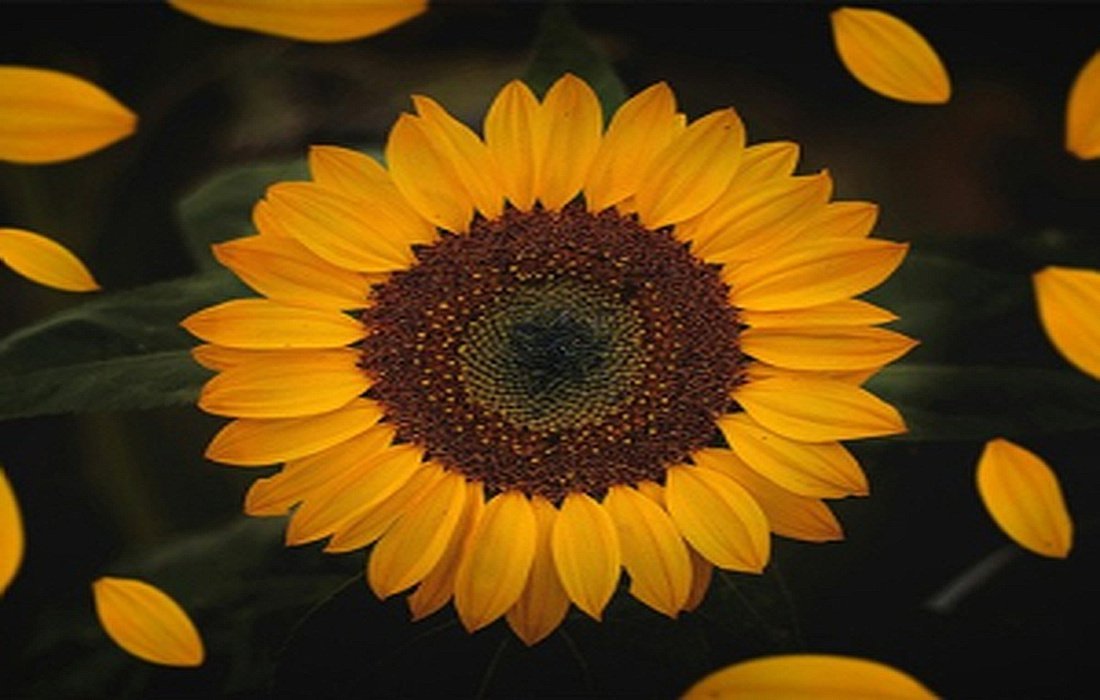Essential Care Tips for Hanging Plants
Today, part of our indoor decor is dedicated to houseplants and flowers, which add beauty and appeal to our spaces. Some are tabletop plants, while others are hanging plants that require slightly different care due to their positioning. If you’re interested in having a hanging plant, you need to know the essential care methods outlined here inSelMagzthe article.
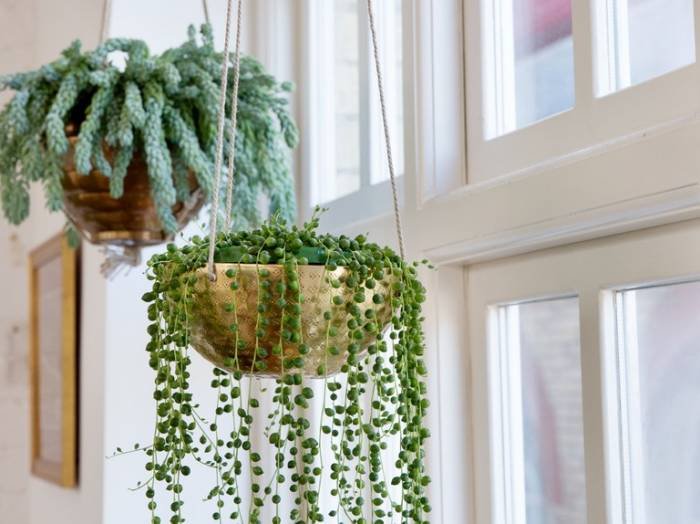
Watering the Plant
Hanging flowers and plants typically require more water than garden plants. However, how often you water depends on the season and temperature. In cool spring days, it’s suggested to water every two to three days, but during hot summer months, you may need to water daily. If the weather is very hot or windy, or if your hanging basket is small, water the plant twice a day. Try the following tips for effective watering.
- Try to water the plant during the coolest part of the day to avoid evaporation.
- Water smaller hanging baskets more frequently than larger ones since they contain less soil.
- These plants need enough water because their drainage holes cause water to evaporate quickly. Hanging baskets should be heavy enough to support the weight of the water.
- If you’re unsure whether your plant needs water, poke your finger into the soil to check if it’s dry. If the soil is dry, definitely water the plant.
- Be careful not to overwater the plant as it can cause stress. Find the right balance for watering.
Removing Dead Parts of the Plant
As flowers wilt over time, trim back some of the top parts of the plant to improve its appearance and health. This will also encourage more blooming. However, some plants do not require this, so be attentive to their needs.
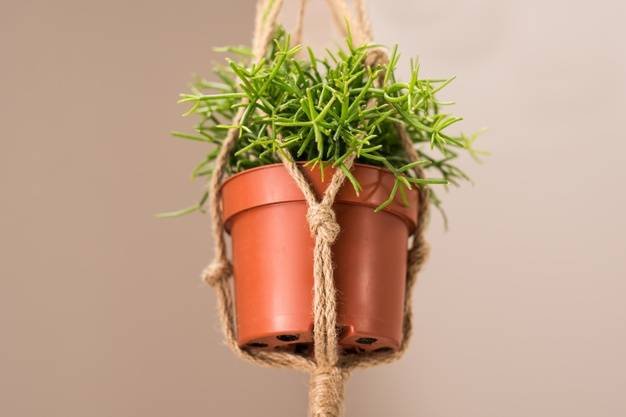
Fertilizing
A little fertilizer helps your plant grow more. Fertilizer provides nutrients and increases volume, restoring its vitality. Follow the instructions on the fertilizer packaging and don’t overdo it. If you live in a rainy area, you should fertilize more often since rainwater can wash away nutrients.
Pruning the Plant Twice a Year
Some hanging plants may wilt or rot in the middle of summer. In such cases, you can prune the wilted and rotten parts to prevent damage from spreading to healthy parts. Therefore, you generally need to prune twice a year.
Only Plant What You Can Care For
In spring, many people love to visit nurseries to buy beautiful plants. Most of these plants are lush and attractive, but remember to only buy those you can care for. It’s better to successfully care for one hanging plant than to have many wilting ones.
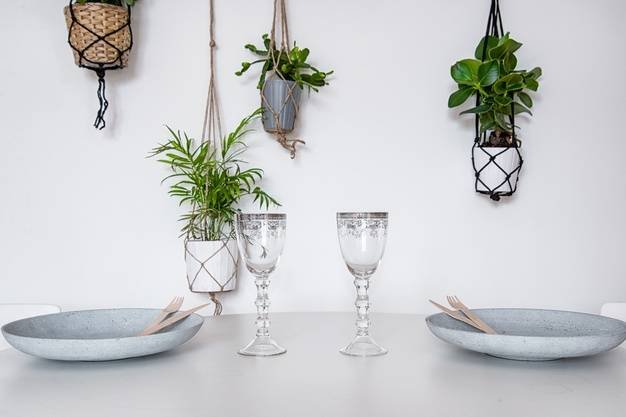
Rotate Your Plant
If you notice one side of your plant is healthier than the other, be sure to rotate the pot. This ensures both sides get equal light and temperature. If you cannot find such a spot, rotate the pot regularly.
Tips on Choosing Baskets and PotsHanging Plants
Hanging plants create beautiful designs in a room or greenhouse and attract a lot of attention. Growing a plant in hanging baskets is similar to growing in a regular pot. Before preparing a hanging plant, consider factors that will make caring for them easier.
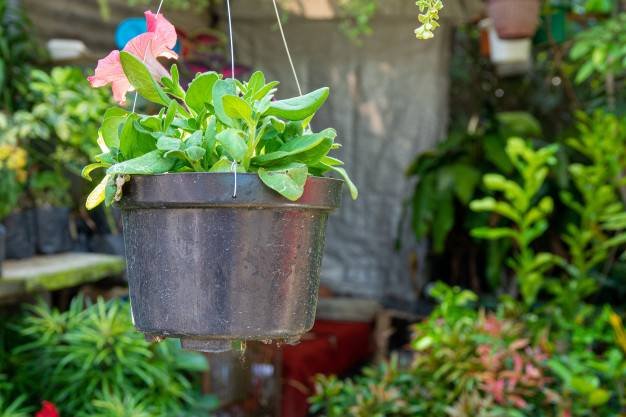
Weight
A hanging basket or pot filled with wet soil and plants will be heavy. Before hanging anything from a wall or ceiling, make sure the structure can support the weight. Ensure that hooks are securely attached. If you plan to use an old nail or hook, ensure they are strong enough.
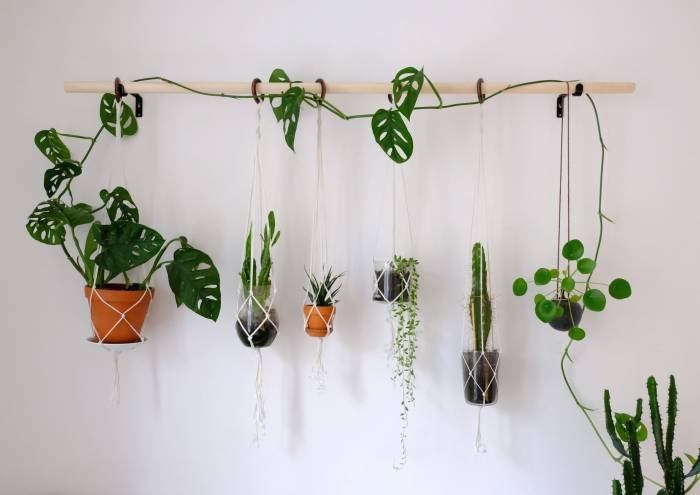
Choosing the right hanging basket is important, as is the soil in it. Many packaged potting soils are heavy or contain too much sand and gravel. Excessive unnecessary materials can be problematic. Coal is a good drainage material, but it can make the pot heavy. Try to lighten the total weight of the plant and pot by adding lighter elements to improve drainage.
Caring for Indoor Plants
With hanging pots, you may often face the issue of water drainage. Coconut coir works well but is typically unsuitable for indoor plants as it can directly enter them.
Two of the best options for indoor hanging baskets are:
Two Nested Pots
These hanging pots often respond better than others, and you can easily switch out hanging baskets. However, these decorative baskets often lack sufficient drainage holes, but they do come with chains or ropes for hanging directly. Place your planted pots inside these hanging baskets. The only main disadvantage is that some water may spill out while watering, adding extra weight to the pot.
Hanging Basket with an Attached Tray
Most pots and hanging baskets are sold in nurseries and gardening centers. The plastic basket is connected to the tray via wires or ropes. This pot is lightweight and cost-effective but the tray size can sometimes be problematic. If the tray is too small, it doesn’t provide enough space to compensate for watering errors, which may lead to soil becoming muddy or spilling on the ground.
Concerns About Watering the Plant
Watering is one of the most challenging parts of caring for hanging plants. If your plant is very large and heavy, you can connect it to a system that lowers the entire basket for watering. However, using these pots carries some risk.
If drainage is a constant problem or if you have light-colored carpets and want to prevent spills, it’s better to take the plant outside for weekly watering, weather permitting.
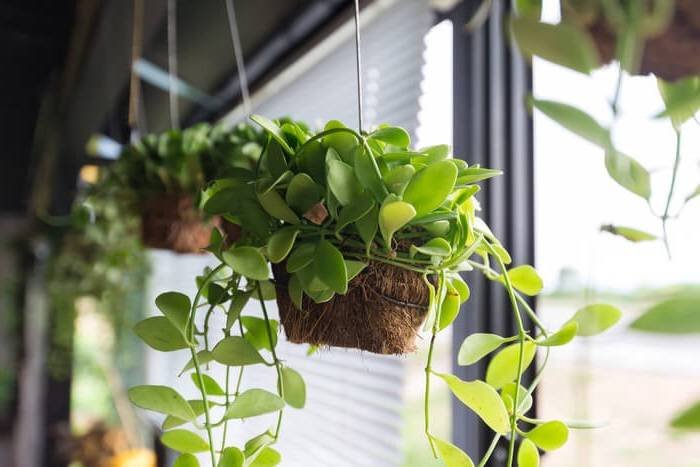
Remember that the air near the ceiling is usually warmer and drier than at floor level, so your hanging plants may require more water than those on the floor.



